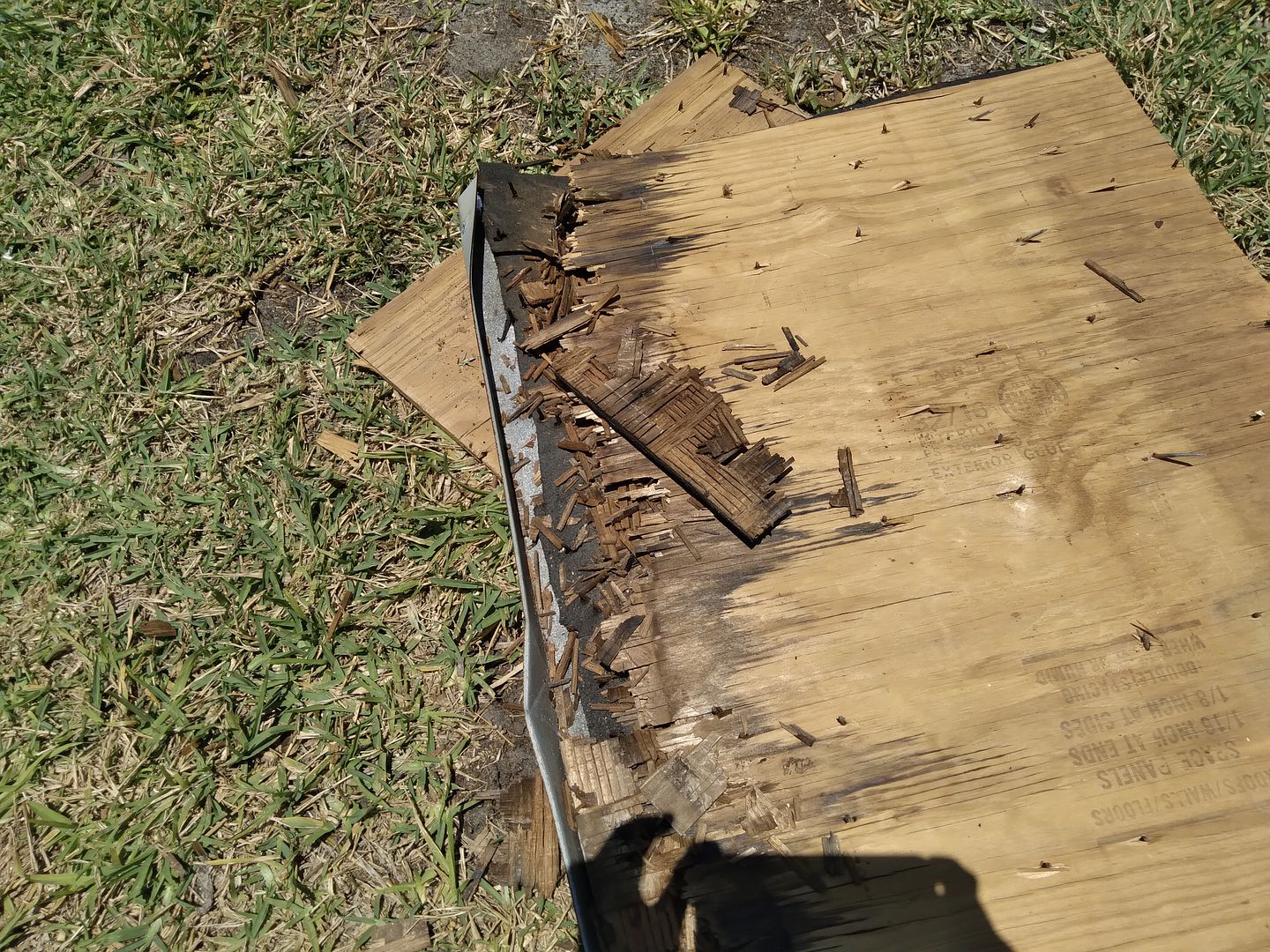David S. Wallens said:
Update: I see some shingles going up on the roof. But this might be going slowly....
Perhaps they're going to do a good job?
Might be that they need to do repairs to the soffits, fascia, sub fascia, etc. which is much easier to do after the original drip edges (and therefore shingles) are removed and before the new drip edges are installed. It's very difficult and costly time wise to remove/replace the fascia and drip edge backing with the old drip edge in place so if work needs to be done it really should be done before new roofing is installed. The underlayment, depending on type, weight, etc. can last from a few weeks to 6 months and keep water from leaking into the building.
Since it's a remodel, there may also be other things that need to be done before the roof install such as replacing or adding skylights, additional plumbing vents, preparations for modern ridge vents, brick chimney repairs, and so on.
New FL building codes specify larger drip edge than was used previously so that may also be an issue because they'd need to replace all of the drip edge if it isn't the newer wide type.
People seem impressed with the "do it in a day" roof replacements however in many cases (here) it's lipstick on a pig. Many roofing companies here in S FL just try to do as little as possible, as fast as possible, for max profit while competing with each other. This often results in covering previous damage that isn't profitable to repair as well as enabling further damage to occur later. While there may not be apparent leaking inside the house, and it looks "pretty" when the new roof is installed, if the new roof isn't properly installed it can be leaking into the overhangs causing rot and providing moisture for termites to set up camp till a long dry spell which kills them off. The average homeowner doesn't know much about roofing so if it looks pretty when they're finished it must be good right? This is like restoring a really rusty car by filling big holes with bondo and taking it to Macco. Sure it looks a lot better, but not for long! And the floors are still rusted out.
There is a clause in the roofing contracts that states. "Client understands and agrees that it is Clients responsibility to monitor moisture content of the property." So if your soffits rot out in 5-10 years you're out of luck because you didn't monitor as agreed. The roofing contracts are written so that the roofing company isn't responsible for anything. How many of us check the inside of soffits for moisture?
Here's what happens when decking, drip edge, tar paper, and shingles aren't installed properly. To add insult to injury in this case the plywood used for the original decking was 5/8" because the trusses were 24" apart and the roofer that replaced the previously rotted plywood used 1/2" ply for the "repair"(probably charged for 5/8") and the roof got all wavy after several years besides the plywood, fascia, and sub fascia all rotting under the drip edge.
[URL=https://app.photobucket.com/u/NOTATA/a/83944394-df08-49c6-b28a-2b3db87696e7/p/9677f8c4-c688-4c89-ab9b-f997e1c337e1] [/URL]
[/URL]



















 [/URL]
[/URL]





















